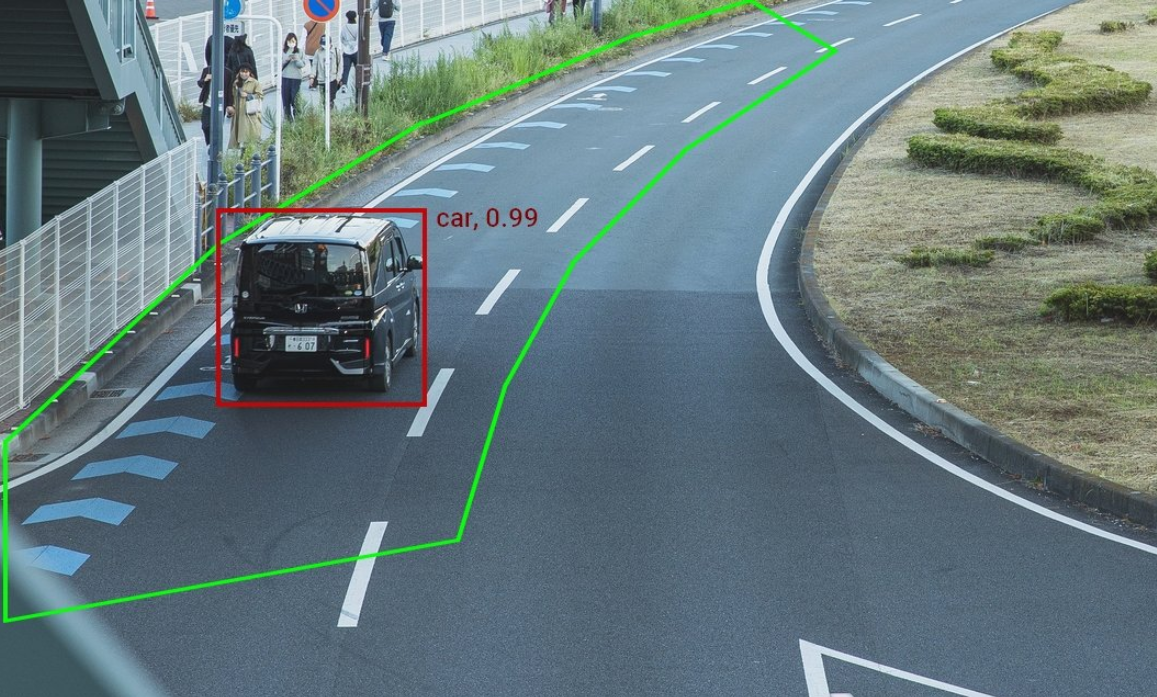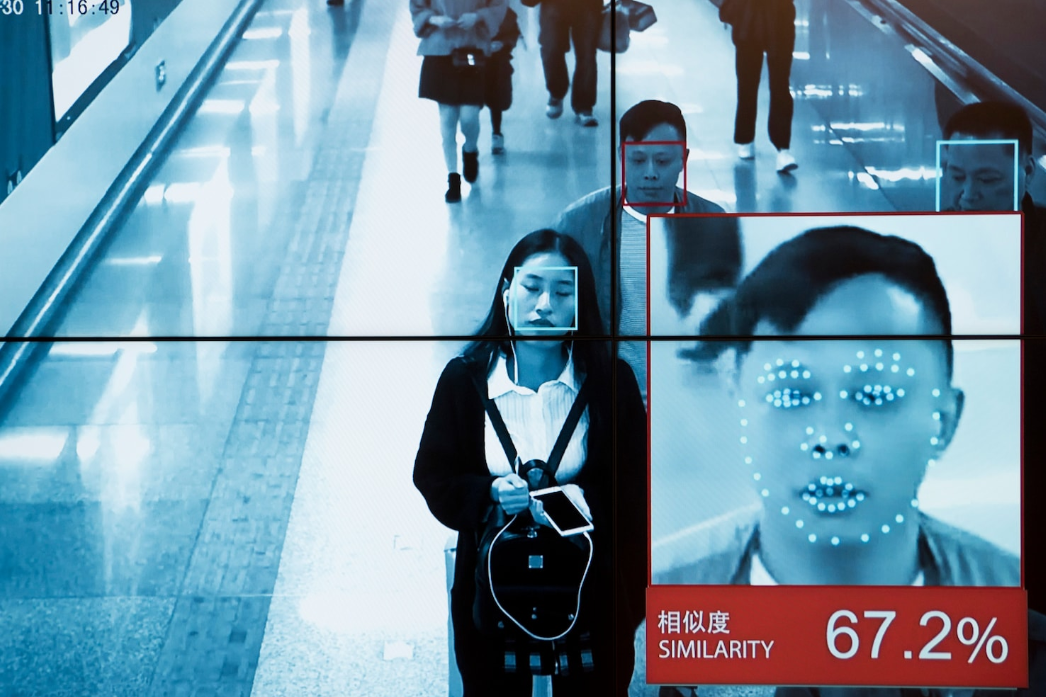Unlocking Potential: The Essence of Visual Tracking
Budiman Akbar Radhiansyah
∙26 March 2024
Visual tracking in computer vision is not just about following objects; it's about enabling machines to interpret and interact with the visual world dynamically. From autonomous vehicles to augmented reality, visual tracking is transforming industries and human experiences alike. This essay explores the essence of visual tracking, the hurdles it surmounts, and the cutting-edge techniques that drive its evolution.
The Essence of Visual Tracking: At its core, visual tracking empowers machines to locate and monitor moving objects across video sequences. Its significance transcends domains, from enhancing surveillance systems to enabling intuitive human-computer interactions. Picture an autonomous vehicle navigating busy streets, seamlessly tracking pedestrians and obstacles in its path—that's the power of visual tracking in action.
Challenges and Complexities: Visual tracking isn't without its challenges. Variations in lighting, occlusions, and object deformations pose formidable obstacles. Real-time processing demands quick, accurate decisions amidst a sea of visual data. Overcoming these hurdles requires ingenuity and innovation to ensure robust, adaptable tracking systems.
Evolution and Innovation: Over time, visual tracking has evolved from traditional methods to sophisticated deep learning techniques. Traditional approaches like the Kanade-Lucas-Tomasi (KLT) feature tracker laid the groundwork, but deep learning has revolutionized the field. Convolutional Neural Networks (CNNs) extract intricate features, while recurrent neural networks capture temporal dependencies, enabling more nuanced tracking in dynamic environments.
![]()
Applications of Visual Tracking: Visual tracking finds myriad applications across diverse domains, transcending traditional boundaries and fostering innovation. In surveillance and security, visual tracking systems monitor and analyze crowd behavior, detect suspicious activities, and track individuals of interest in real-time. In autonomous vehicles, visual tracking enables precise localization of pedestrians, vehicles, and other objects, facilitating safe navigation and collision avoidance. Moreover, in augmented reality applications, visual tracking seamlessly integrates virtual elements into the physical environment, enhancing user immersion and interaction.


Conclusion: Visual tracking in computer vision embodies the essence of innovation and adaptation. It enables machines to perceive, understand, and respond to the visual world with precision and agility. As challenges persist, so too does the resolve to surmount them, driving the evolution of visual tracking towards ever-greater heights. In the dynamic landscape of technology, visual tracking remains a beacon of progress, illuminating pathways to a future where human and machine coalesce seamlessly in the pursuit of knowledge and discovery.
bagikan
ARTIKEL TERKAIT
